Venice closed the canal city’s famed St. Mark’s Square on Sunday as rising seas flooded the iconic landmark for the third time in less than a week.
The city’s mayor, Luigi Brugnaro, said officials would close the square on Twitter, simply saying the acqua alta, or high waters, had prompted authorities to take the measure for security reasons.
“Safety first,” he wrote on Twitter.

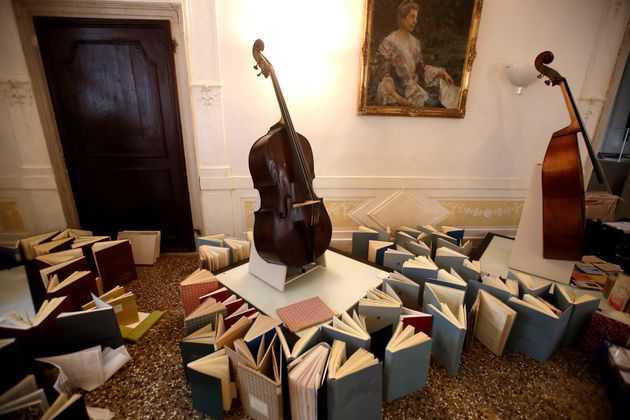
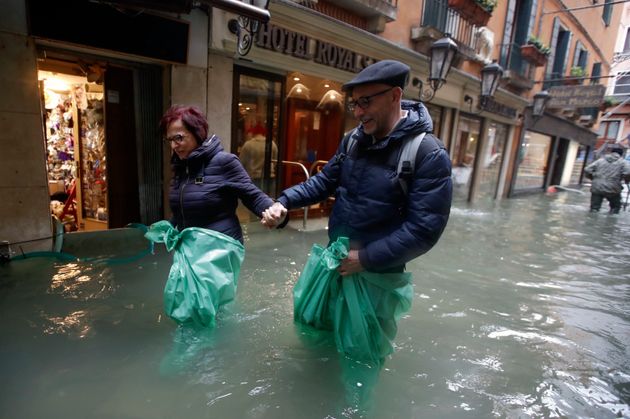
The city has suffered for days with exceptionally high tides, peaking Tuesday at more than 6 feet above normal — the worst level in 53 years. Photos of tourists and residents wading through the surge (one brave man was seen swimming through St. Mark’s Square last week) quickly spread around the world.
Tuesday’s high water mark was just a few inches short of the all-time record set in 1966 and local officials have declared a state of emergency across Venice.
Brugnaro has estimated the bout of flooding has already caused upward of $1 billion in damage.
Venetians had gotten some relief this weekend as the floodwaters ebbed, but the resurgence forced shopkeepers to clear out their stores once more. The Associated Press notes that many tourists hoping to catch a glimpse of St. Mark’s Square and its iconic Basilica were disappointed Sunday — the site was securely closed, with sandbags lining some windows in an attempt to keep the saltwater out.
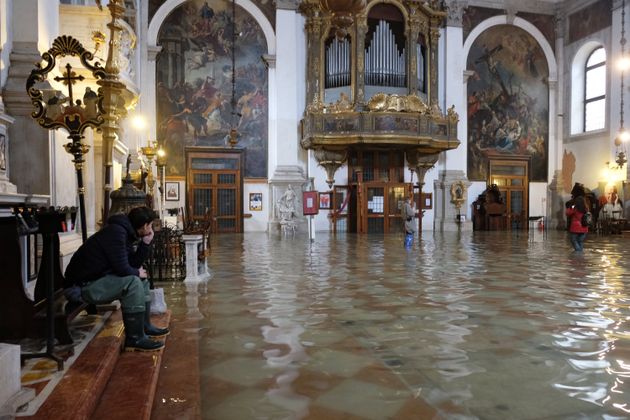
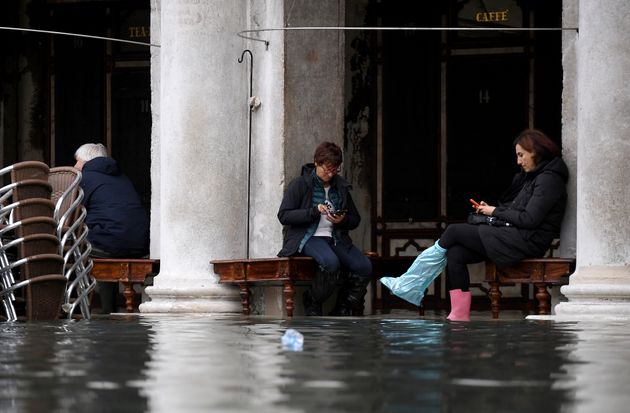
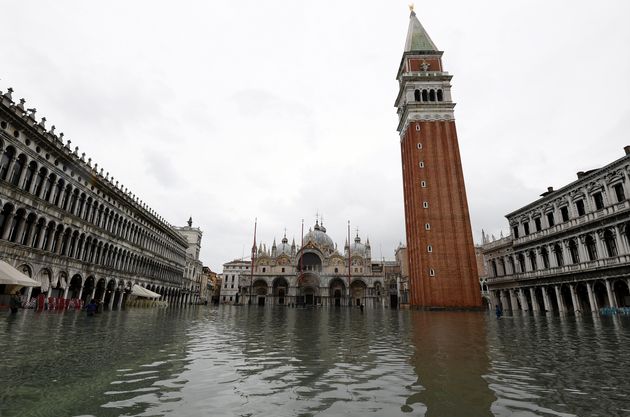
It was just the sixth time in 1,200 years the basilica has flooded, Reuters reported. Four of those have occurred in the last two decades.
“We weren’t expecting the high waters to be so exceptionally high,” Guido Fulgenzi, a shopowner, told Agence France-Presse this weekend.
Brugnaro has blamed the “devastating” acqua altaon climate change, saying the floods would leave an “indelible wound” on the city.
The city has spent more than 16 years and billions of dollars in a dramatic attempt to craft a barrier system in an attempt to avert future flooding. The project, known as Moses, is a network of 78 barriers that would eventually be raised to hold back waters between 1.1 meters and 3 meters, according to the Associated Press.
But the project has taken far longer than expected and been rife with corruption. It’s not scheduled to be completed until the end of 2021, a decade after its original deadline.
“These delays are an embarrassment for all of Italy and we urgently need a solution,” Alessandro Morelli, the head of Italian parliament’s transport commission, said last week, per Reuters.